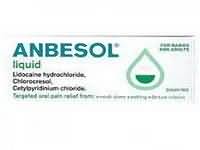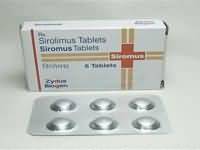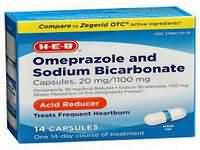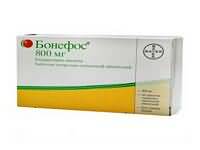papaveretum

CLINICAL USE
Opiate analgesiaDOSE IN NORMAL RENAL FUNCTION
SC/IM: 0.5–1 mL every 4 hoursIV: 25–50% of dosePHARMACOKINETICS
Papaverine Morphine Codeine Molecular weight (daltons)375.8375.8371.9% Protein binding9020–357% Excreted unchanged in urine<110<5Volume of distribution (L/kg)0.99–1.52 3–53–4half-life – normal/ESRD (hrs)1.2–2.2/– 2–3/ Un-changed2.5–4/–DOSE IN RENAL IMPAIRMENT
GFR (mL/MIN)
DOSE IN PATIENTS UNDERGOING RENAL REPLACEMENT THERAPIES
IMPORTANT DRUG INTERACTIONS
Potentially hazardous interactions with other drugsADMINISTRATION
Reconstition
–Route
SC, IM, IVRate of Administration
IV bolus or continuous infusion (1 mg/mL)Comments
–OTHER INFORMATION
As with all opiates, use with extreme caution in patients with impaired renal functionMay cause excessive sedation and respiratory depressionPapaveretum 15.4 mg =1 mL ≡ 10 mg morphine.
See how to identify renal failure stages according to GFR calculation
See how to diagnose irreversible renal disease
Home








